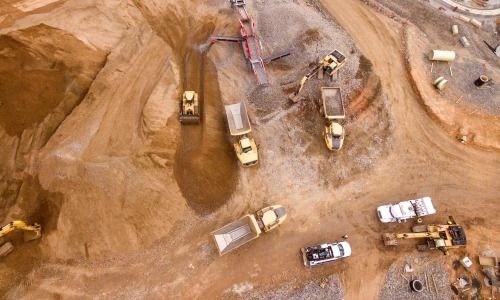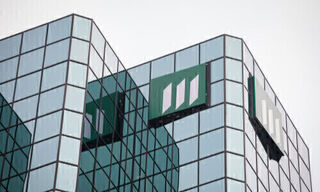Gold's risk-return profile is robust in the face of climate-related physical and transition risks, and the industry can play a major role in supporting global decarbonization, says a report by the World Gold Council.
Gold has an emissions profile that is in line with other major investment assets and has an important role to play as a climate risk mitigation asset in long-term investment strategies, according to the report «Gold and Climate Change: Current and Future Impacts,» published on Wednesday.
The report, which builds on research conducted in 2018 by the World Gold Council on gold's carbon footprint, aims to provide investors and stakeholders clarity on gold's emissions profile and how the sector might adapt in the face of climate change.
The gold industry has «substantial opportunities» to decarbonize, and gold mining – the current primary source of greenhouse gas emissions in the gold supply chain – has the potential to transition to a net-zero carbon future in a «practical and cost-effective manner,» WGC said in the report.
Gold's Resilience
The industry body also noted that as an asset class, gold looks resilient in the face of climate-related risks, particularly when compared to other mainstream investments as it is less likely to be negatively impacted by the physical and transition risks associated with climate change.
«Gold’s resilience is, at least in part, likely a reflection of some of the structural factors regarding gold market dynamics and the diverse drivers of demand which underpin the wider investment case for gold,» World Gold Council said.
«It also reflects the relative vulnerability of other assets classes and gold’s negative correlation to them when they are under duress.»


























